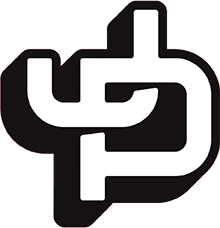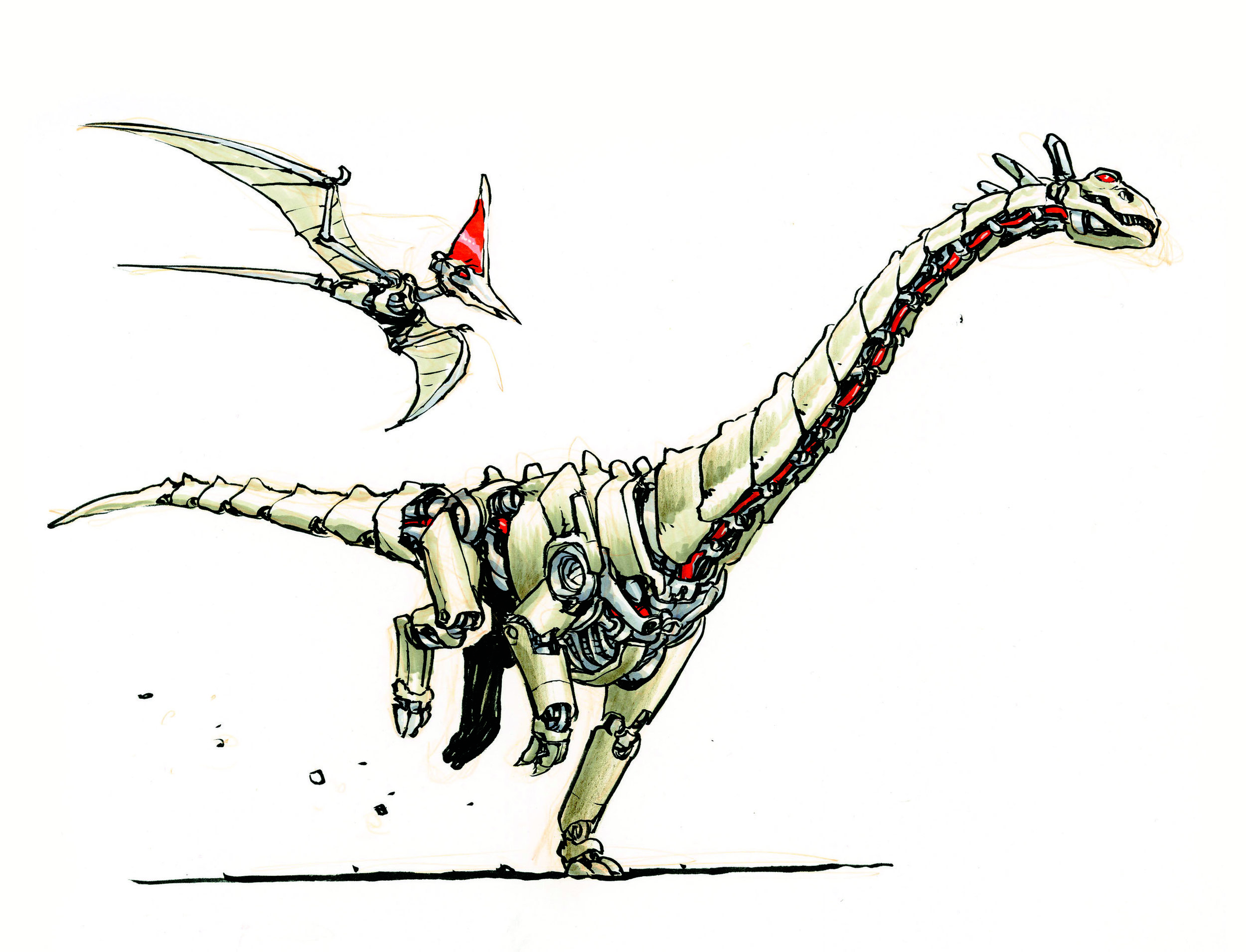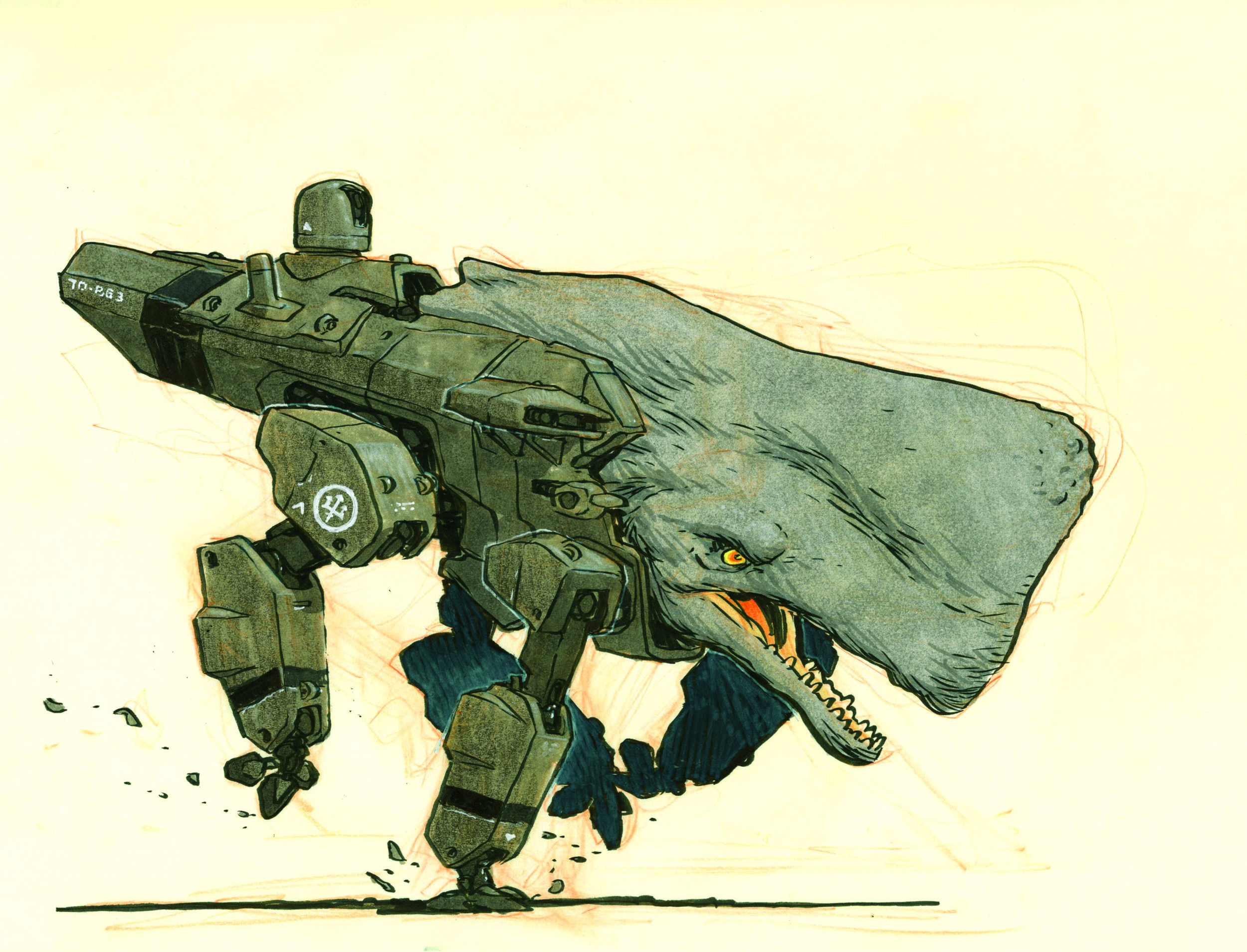I was talking with Aaron the other day about drawing and how it gets faster (and in some ways easier) the older you get.
One of the reasons for that is that when you’re younger and learning to master your craft you not only have to worry about the concept, the design, the structure, and also the rendering, but on top of that you have to pose your character in an appealing way. Just figuring out an appropriate pose can steal half of your drawing time on a particular character.
What happens after drawing professionally 20 hours a week for 10-20 years (especially if you do comics) is that you kind of have drawn almost every possible pose there is for a character. There’s only so many ways to show a character running, jumping, standing, punching, sitting, throwing, etc.
A more seasoned artist has drawn characters in all of these poses and from many different angles too. This means that when she sits down to draw a character the pose is almost done with muscle memory. The majority of her creative energy can then be put into the design of the character and the rendering.
The Running Quadruped
About 4 or 5 years ago I figured out a great pose for a running quadruped. It took me some time to really nail this pose based on photos of running horses. But once I had drawn it and committed it to memory it’s allowed me to lean on it for a variety of designs. You can see in the below examples where I straight up used the same pose for different characters:
By taking a large animal that’s typically portrayed as lumbering along on all fours and putting just one of those limbs in contact with the ground makes the animal look like it’s moving at a speed almost too fast for it to carry itself at.
Almost the exact same pose as above but with a few tweaks to make it a pinch more dynamic.
And then some where I modified it a bit to suit the design of the character and to mix things up:
Here I just put the right front leg making contact with the ground instead of the left front.
In this illustration I used the exact same pose as the sauropods up top, but I lifted the little paw off the ground to give this wiener dog racer a little more speed.
Lastly you can see here that once you have the pose down in your head it’s very easy to modify as needed to emphasize some aesthetic attributes you’ve given your design. In this one the longer legs wouldn’t fold up as nicely under the main part of the body, but with my understanding of the original pose I could splay the legs out easily and get a new pose the suited the design, and didn’t cost me too much extra creative energy.
Want to get good at posing? Here’s a posing regiment you could try:
1) Take poses from comics, concept art books, life drawing, photos, and animation. I have a Pinterest page devoted just to poses I like.
2) Have a pose sketchbook and just fill it with copies and studies of the poses in your reference library. Don’t add any details like armor or hair. Just draw the basic shapes of the pose.
3) Now on your own, draw these poses you like from different points of view.
After you’ve done 50 of them you should have a solid pose library that you can refer to often. Bonus side effect: by drawing these poses you create an imprint of them in you memory. A memory that can be called up the next time you need to draw a character in a pose like that.





